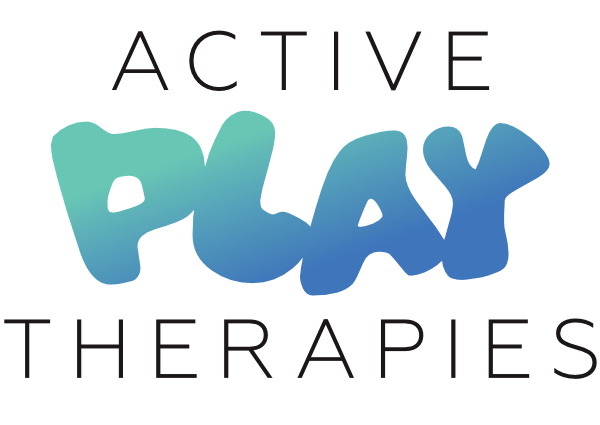Thoughts From a Therapist: An Update on My Autism in Schools Project
Originally published on Sensory Integration Education on 24 May 2022.
Thoughts From a Therapist is a regular series written by Advanced SI Practitioner Anna Willis about something that piqued her professional interest or inspired her in some way over the last month. Anna, an occupational therapist and owner of Active Play Therapies, has over 10 years of experience working with children and adults with a range of learning disabilities and autism. This month, Anna reflects on an Autism in Schools project she is working on:
I’m halfway through the Autism in Schools project, which I wrote about last month, and it’s been an interesting and eye-opening experience. Before I started the project, I was wondering how I’d manage the demand from schools for support around individual students. As this project is to work at an environmental level with the school rather than individuals, I wondered if there would be a conflict – as typically whenever I go into schools for observations of students, there are multiple other students whom staff want me to see too.
Instead, I’ve been surprised to find that the main things schools have been asking for is support to create sensory friendly environments and ideas for strategies. I’ve had such a fabulous half-term liaising with SENCOs and Inclusion Leads, giving advice on how to create calm spaces and movement spaces, Calm Toolkits and reframing ‘bad behaviour’ as dysregulation.
One challenge is the physical space constraints some schools have. The contrast is stark between schools that have enough space to create new environments and those which are struggling to find room for their pre-existing nurture and pastoral activities. To manage some of this, I’ve been working with mainstream secondary schools on creating a Calm Toolkit that includes discrete calming strategies that can be done with no or minimal sensory equipment within the classroom. This approach has the triple advantage of providing age-appropriate strategies that the students don’t feel self-conscious about; keeping students in their lessons rather than needing to leave for a break; and managing tight demand on space.
Next week is half-term here and I’m setting up a pilot Movement Space in a school – I’m separating ‘calm spaces’ and ‘movement spaces’ as I find it helps create more purposeful use of space and fosters understanding of the different types of regulation children need at different times. I’m off to chop up some foam to make a big crash pad and inflate some inner tubes now – I can’t wait to see the room come together!
